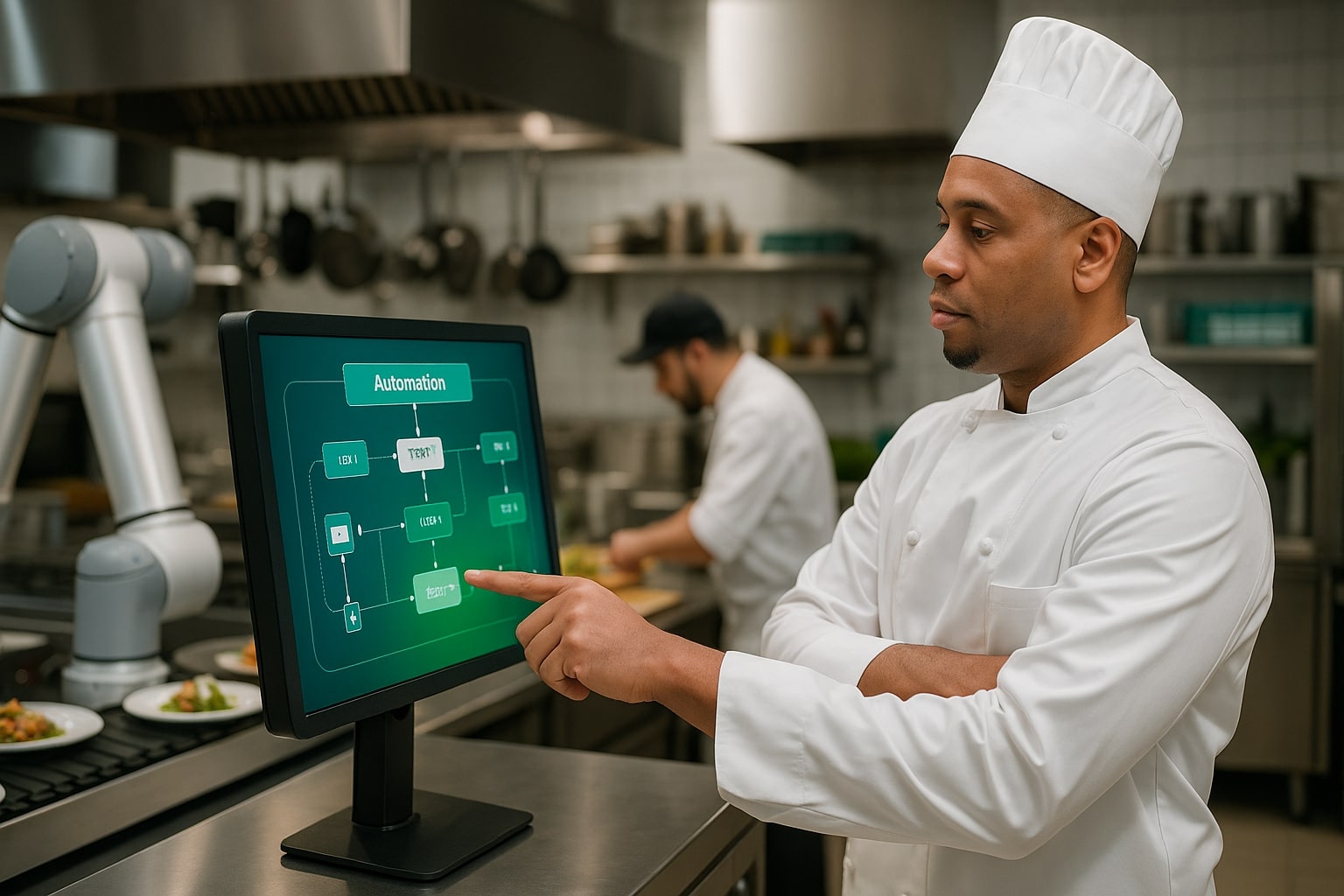Why Restaurants Fail at Automation (And How to Fix It)
The 3 biggest mistakes restaurants make when trying to automate their operations, and the simple fixes that actually work.
XenoSoft Team
Automation Specialists

Last month, we surveyed 50 restaurant owners about their automation challenges. The results were eye-opening: 78% had tried to automate something in the past year, but only 23% said it actually worked as expected.
That's a 77% failure rate. In any other industry, that would be considered a disaster. But in restaurants, it's just business as usual.
After analyzing the data and talking to dozens of restaurant owners, we found three patterns that keep showing up. Here's what's going wrong and how to fix it.
Mistake #1: Automating the Wrong Things
This is the most common mistake we see. Restaurant owners get excited about fancy technology and start automating the most visible processes, not the most expensive ones.
For example, we worked with a restaurant that spent $15,000 on a digital menu system but was still losing $3,000 per month on food waste because they had no inventory tracking.
The digital menu looked great, but it didn't solve their biggest problem. Meanwhile, a simple inventory tracking system would have paid for itself in two months.
What Not to Do:
- Automate customer-facing features before back-office processes
- Focus on technology that looks impressive but doesn't save money
- Ignore the processes that are actually costing you the most
Mistake #2: Not Training Your Staff
Technology is only as good as the people using it. We see this all the time: a restaurant invests in a great automation system, but the staff never learns how to use it properly.
One of our clients had a scheduling system that could have saved them 10 hours per week. But after three months, they were still doing everything manually because the managers didn't understand how to use the system.
The solution isn't just buying the right technology – it's making sure your team knows how to use it.
How to Fix It:
- Start with one process and master it before moving to the next
- Provide hands-on training, not just written instructions
- Designate a "champion" on your team who becomes the expert
- Give people time to learn – don't expect instant results
Mistake #3: Trying to Automate Everything at Once
This is the killer. Restaurant owners get excited about automation and try to change everything at once. The result? Chaos, confusion, and usually a complete failure.
We worked with a restaurant that tried to automate inventory, scheduling, customer management, and reporting all in the same month. Six months later, they were back to doing everything manually because nothing was working properly.
The problem isn't the technology – it's the approach. You can't change everything at once and expect it to work.
The Right Way to Automate
Based on our experience with hundreds of restaurants, here's the approach that actually works:
- Start with your biggest pain point. What's costing you the most time or money? That's what you should automate first.
- Choose one process. Don't try to automate everything at once. Pick one thing and do it well.
- Get your team on board. Make sure everyone understands why you're making the change and how it will help them.
- Test everything. Run the new system alongside the old one for a few weeks to make sure it works.
- Only then move to the next process. Once the first automation is working smoothly, then you can tackle the next one.
Real Results
When restaurants follow this approach, the results are impressive. Our clients typically see:
- 30-50% reduction in time spent on manual tasks
- 20-40% decrease in operational errors
- 15-25% improvement in profit margins
- Significantly less stress for managers and staff
The key is starting small, being patient, and focusing on the processes that actually matter to your bottom line.
Ready to Automate the Right Way?
Let's identify your biggest operational pain points and create a plan to automate them systematically. No more failed automation projects – just real results that save you time and money.
Get Your Automation Plan